#forest tent caterpillar moth
Text
Moth Of The Day #187
Forest Tent Caterpillar Moth
Malacosoma disstria
From the lasiocampidae family. They have a wingspan of about 30 mm. They are native to North America.
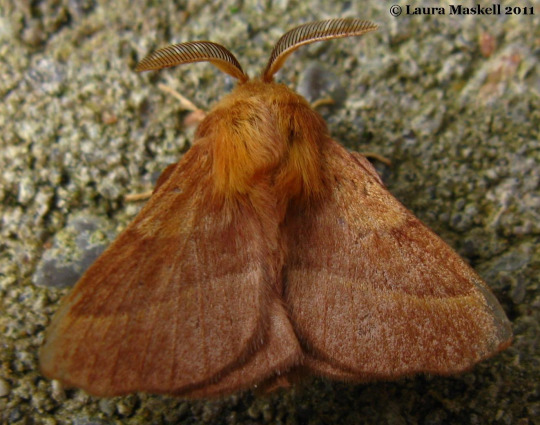

[Images source]
#moth#moths#lepidopterology#lepidoptera#nature#pretty moth#insect#bugs#moth of the day#motd#lepidoptery#entomology#bugblr#bug#invertebrates#cool bugs#insects#lasiocampidae moth#lasiocampidae#forest tent caterpillar moth#malacosoma disstria
337 notes
·
View notes
Note



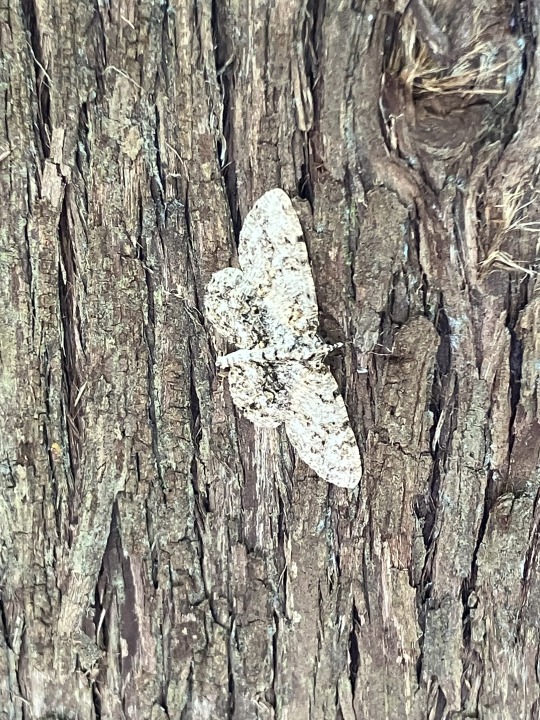
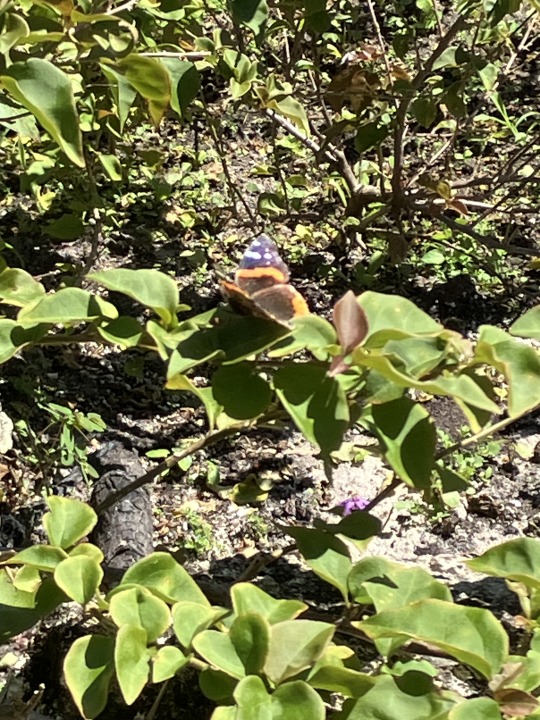
there were SO many caterpillars
All found in Cedar Lake Gardens, FL; if the last one can’t be ID’d no worries, I was following it for ages just to get the photo so it’s not the best shot 😅
Great group of children! The first and second photos show a forest tent caterpillar and a tussock moth caterpillar in the genus Orgyia, probably a fir tussock moth, Orgyia detrita. Third photo is another forest tent caterpillar and the moth is a geometer moth, but I don't recognize the species. Last dude is a red admiral!
#just-your-average-cryptid#insects#bugs#submission#moth#forest tent caterpillar moth#tussock moth#fir tussock moth#geometer moth#butterfly#red admiral#caterpillar#larva
102 notes
·
View notes
Photo
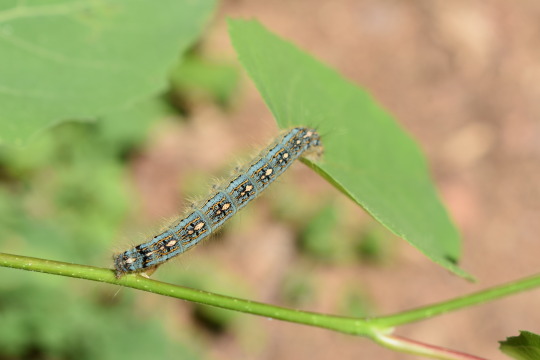
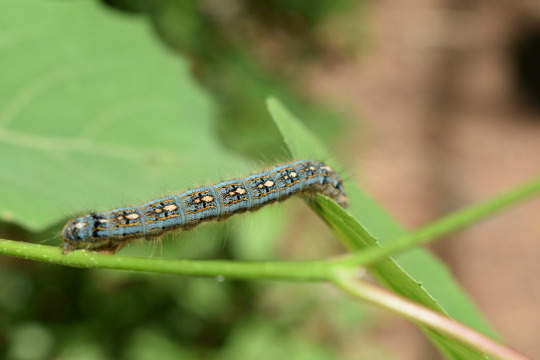
Forest Tent Caterpillar Moth
Malacosoma disstria
Lasiocampidae
Photographs taken on June 20, 2023, at Petroglyphs Provincial Park, Woodview, Ontario, Canada.
#wildflowers of southern ontario#Forest Tent Caterpillar Moth#caterpillar#Malacosoma disstria#insect#Malacosoma#Lasiocampidae#Petroglyphs Provincial Park#Woodview#Ontario#Canada
22 notes
·
View notes
Photo

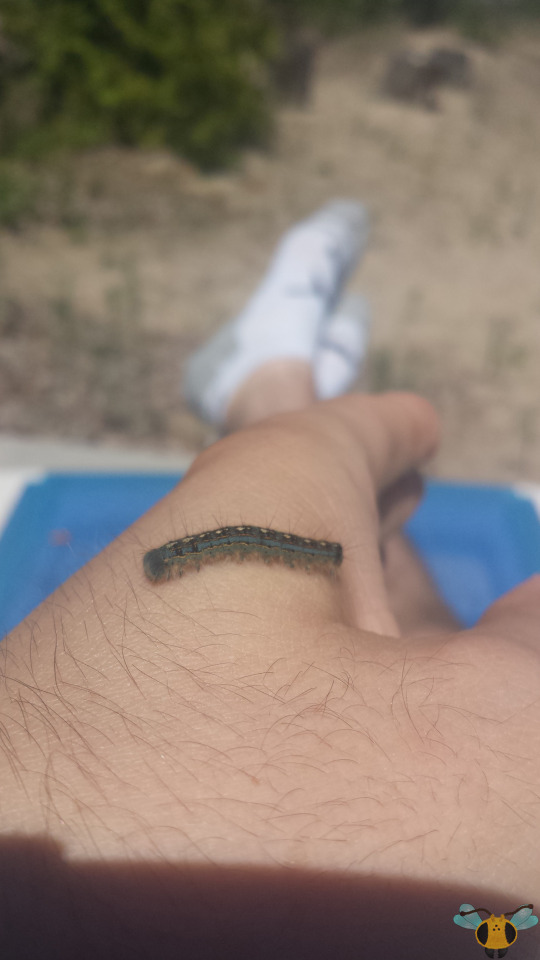
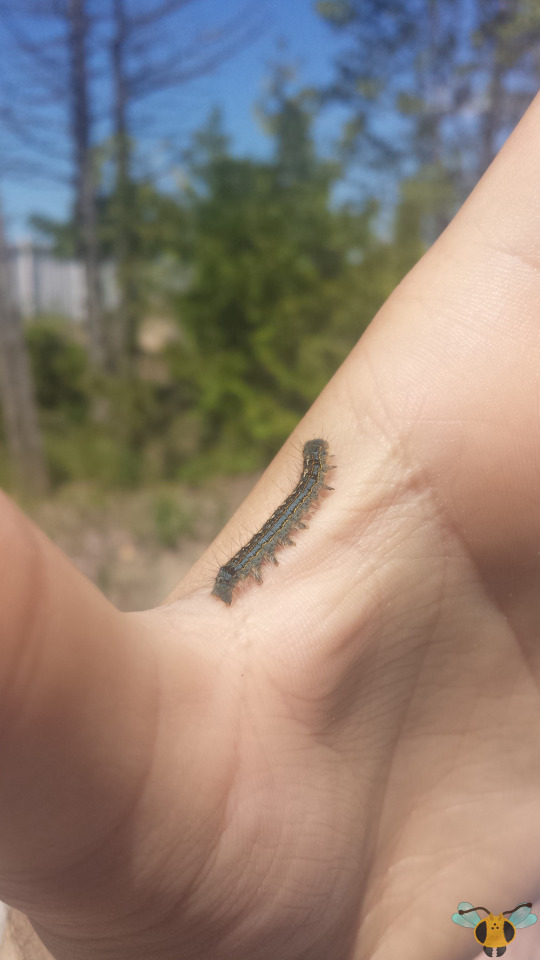
Eastern Tent Caterpillar and Forest Tent Caterpillar - Malacosoma americana & Malacosoma disstria
At first glance, these two insects might be mistaken for each other, leading to much confusion and speculation over how worried one should be over the surrounding foliage! So, which insect is which? Picture 1 gives a glimpse at the Eastern Tent Caterpillar while Pictures 2 and 3 are of the Forest Tent Caterpillar. They easiest way to tell them apart is to look at the line going across their backs from head to abdominal tip. The Eastern Caterpillar’s dorsal line is a firm, solid line while the Forest Caterpillar’s line is separated across body segments. Furthermore, the Forest Caterpillar’s body has the appearance of greater predominance of blue while the Eastern Caterpillar’s blue is more obscured by the hairs (with golden hues) dotted along the body. Finally, the Eastern Caterpillar has a dark colored face and the Forest Caterpillar has a bright face of a bluish hue. Those are the physical differences, but there are also differences in their nesting habits which are discussed below. For now, whichever Caterpillar you find on your travels, handle with care as the hairs have the potential to be irritating on contact with skin. Nothing happened to me when I handled the Forest specimen, but I still advice caution. When it comes to hairy Caterpillars and their effects, there’s a world of difference between Woolly Bears and White-Marked Tussock Caterpillars! The insects of today’s post are somewhere in the middle. Now about those nesting habits...
When it comes to Tent Caterpillars, they are quite social and tend to group up within silken structures (sadly not seen here) near to the foliage they eat. Unlike Spindle Moth Caterpillars which use their silk to bind plants together, Tent Caterpillars use available structures on trees and plants as foundations foor their silk. Eastern Caterpillars spin true tents to live in that are among the largest within Lasiocampidae (a Moth family branch), while Forest Caterpillars create mats and paths with their silk, lining trees with that for adhesion while they feed. The former do share some habits of nest construction with the aforementioned Spindle Caterpillars: build it with sunlight in mind to ensure beneficial heat, and use the nest to avoid predation. However, these Caterpillars here may have gotten lost or fell from their tree. What you see in the pictures before you isn’t the norm, which tends to be outbreaks that congregate on foliage, leading to voracious feeding! Isolation tends to happen when it’s time to pupate (grouping up while in a vulnerable state would just be an invitation for a hungry predator) or if individuals fall from a tree when silk production thins out , especially for the Forest Caterpillar. Silk may thin out temporarily, but on the final instar, every bit of silk that was conserved goes into cocoon production.
The Forest Tent Caterpillar’s pictures were taken on July 2, 2016 in Wasaga and the Eastern Tent Caterpillar’s picture was taken June 10, 2017 at the Royal Botanical Gardens; both insects were captured with a Samsung Galaxy S4. Next week, a third Caterpillar making a guest appearance in the Eastern Tent Caterpillar’s picture (the Fall Cankerworm) will be explored.
#jonny’s insect catalogue#ontario insect#caterpillar#eastern tent caterpillar#forest tent caterpillar#eastern tent caterpillar moth#forest tent caterpillar moth#tent caterpillar#moth#lepidoptera#insect#wasaga#royal botanical gardens#july2016#2016#june2017#2017#nature#entomology#fall cankerworm#invertebrates
5 notes
·
View notes
Text

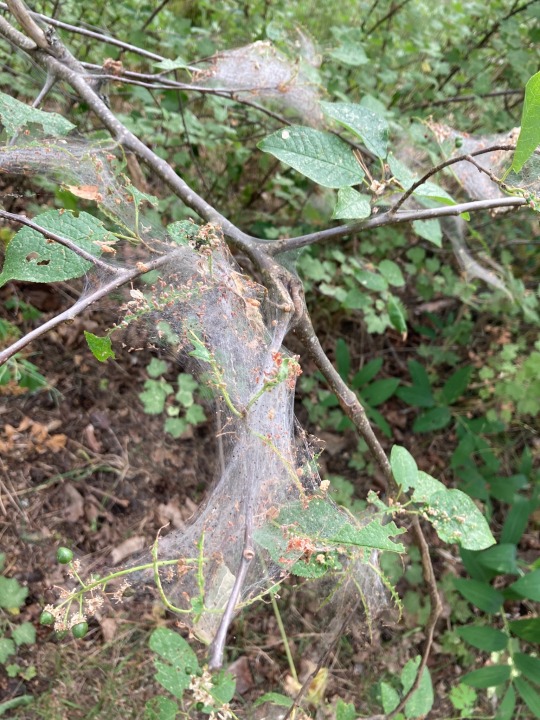


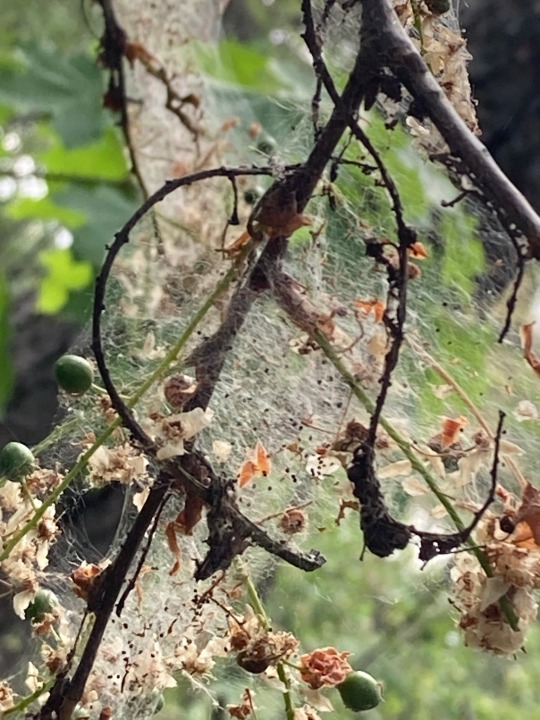
#ermine moths#tent caterpillars#yponomeuta#lepidoptera#insects#forest#trees#ultunaasen#uppsala#sweden
0 notes
Text
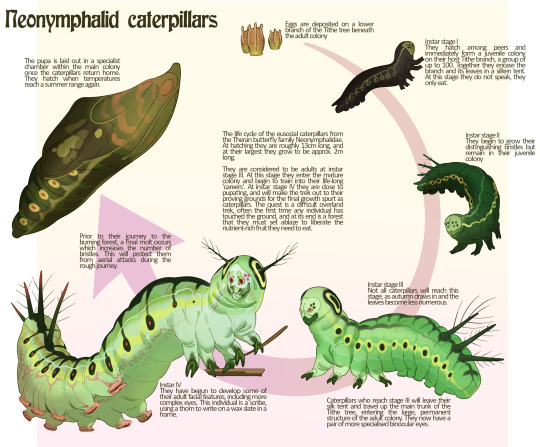
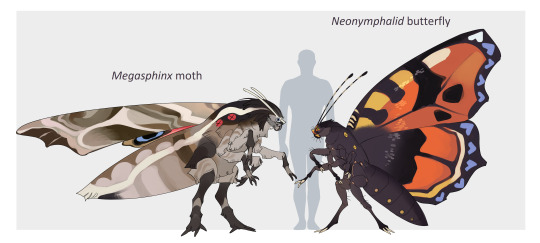
bugs big ones from Thera! the transcript for the top image is under the cut below.
There is a big lie in this which is that the caterpillar pictured in the top image is in fact Nettlerove who is a beetle of the species Cryptostenus oculatus. But he is a brood parasite of these caterpillars, and appears almost identical to one prior to pupation. They emerge as imagos earlier than the true butterflies around them, and then eat their defenceless colonymates. Life's rough for insects. i really wanted to draw baby (and young adult) Nettlerove sooo much so that's why it's him.
The Tithe tree is one of the reasons our bugs are so big. These trees are gigantic and their leaves are incredibly nutrient rich, and their huge hollow trunks are perfect for building colonies in. The social behaviour of these caterpillars is based off of Eriogaster lanestris, a moth which has eusocial silk-tent-spinning caterpillars :) Their true 'child' stage (instars 1 and 2) lasts a single spring and summer, while the subsequent instar stages last several years each. At pupation the individual can be up to 14 years old. The kids are basically left in their tent entirely unsupervised, and in fact it's an intentional strategy to have them on a lower branch than the main colony; any terrestrial predator looking for food will hopefully eat the kids first and leave the main colony alone (Life's ROUGH for insects!!).
Because the caterpillars are considered adults post instar 3, the winged form is not called "the adult" it's just the imago.
[Transcript: Neonymphalid Caterpillars
The life cycle of the eusocial caterpillars from the Theran butterfly family Neonymphalidae. At hatching they are roughly 13cm long, and at their largest they grow to be approx. 2m long.
They are considered to be adults at instar stage III. At this stage they enter the mature colony and begin to train into their life-long 'careers'. At instar stage IV they are close to pupating, and will make the trek out to their proving grounds for the final growth spurt as caterpillars. The quest is a difficult overland trek, often the first time any individual has touched the ground, and at its end is a forest that they must set ablaze to liberate the nutrient-rich fruit they need to eat.
Eggs are deposited on a lower branch of the Tithe tree beneath the adult colony
Instar stage I: They hatch among peers and immediately form a juvenile colony on their host Tithe branch, a group of up to 100. Together they encase the branch and its leaves in a silken tent. At this stage they do not speak, they only eat.
Instar stage II: They begin to grow their distinguishing bristles but remain in their juvenile colony
Instar stage III: Not all caterpillars will reach this stage, as autumn draws in and the leaves become less numerous. Caterpillars who reach stage III will leave their silk tent and travel up the main trunk of the Tithe tree, entering the large, permanent structure of the adult colony. They now have a pair of more specialised binocular eyes.
Instar IV: They have begun to develop some of their adult facial features, including more complex eyes. This individual is a scribe, using a thorn to write on a wax slate in a frame.
Prior to their journey to the burning forest, a final molt occurs which increases the number of bristles. This will protect them from aerial attacks during the rough journey.
The pupa is laid out in a specialist chamber within the main colony once the caterpillars return home. They hatch when temperatures reach a summer range again.]
#btw if you've never actually looked at caterpillar prolegs. well they look like that close up#setting: thera#lov me bugs. insects are always fighting 1000 wars and battles and losing most of the time#speculative biology#speculative evolution
197 notes
·
View notes
Text
100+ Inspo Words and Ideas
Animals
Giraffe
Jaguar
Elephant
Bear
Snow Leopard
Panther
Squirrels
Fox
Rhino
Wolf
Leopard
Elk
Peacock
Tiger
Butterfly
Lynx
Badger
Parrot
Macaw
Panda
Red Panda
Skunk
Whale
Jellyfish
Owl
Horse
Moth
Swan
Orcas
Octupus
Seahorse
Koi Fish
Crow
Stingray
Deer
Bee
Angelfish
Bat
Dragonfly
Crocodile
Goldfish
Monkey
Turtle
Sloth
Shark
Frog
Dolphin
Crab
Rabbit
Hedgehog
Lion
Coyote
Zebra
Goat
Snake
Penguin
Seal
Fish
Otter
Bird
Cat
Dog
Raccoon
Puffer Fish
Crane
Lizard
Bug
Axolotl
Caterpillar
Eel
Eagle
Falcon
Firefly
Gorilla
Spider
Plants/Flowers
Violet
Snowdrop
Primrose
Cactus
Pansy
Lilac
Carnation
Daisy
Snake Plant
Lily
Sunflower
Wllow Tree
Rose
Succulent
Poppies
Aspens
Peperomia
Azalea
Mushroom
Coral
Tulip
Leaf
Acorn
Eucalyptus
Lavender
Cherry Blossom
Lotus
Vines
Jade Plant
Monstera
Ivy
Hydrangeas
Leaf
Wild Flowers
Sage
Bamboo
Orchids
Rubber Plant
Holly
Oak Tree
Palm Tree
Hibiscus
Bluebells
Hawthorn
Pothos
Magnolia
Rattle Snake Plant
Buttercup
Iris
Aster
Bellflower
Dahlia
Coral
Objects
Lights
Treasure
Ship
Map
Car
Train
Book
Ticket
Bow and Arrow
Trash Can
Axe
Key
Knife
Necklace
Lantern
Candle
Mug
Camera
Glasses
Piano
Mirror
Chess Piece
Trident
Crown
Seashells
Crystals
Lamp
Swing
Fossil
Hot Air Ballon
Sword
Tent
Campfire
Snowflake
Potion
Skull
Planet
Sand Dollar
Tea Pot
Tea Cup
Dreamcatcher
Perfume
Compass
Wand
Globe
Umbrella
Lock
Button
Ring
Neon Sign
Headphones
Flag
Bike
Sparkler
Snow Globe
Hour Glass
Anchor
Stained Glass
Radio
Watering Can
Stuffed Animal
Concepts/Ideas
Fall
Winter
Dreams
Summer
Spring
Enchanted
Tranquil
Mysterious
Ancient
Hope
Overgrown
Sparkly
Adventure
Calm
Wicked
Fancy
Royal
Happy
Marble
Chaotic
Colorful
Angry
Sad
Wet
Deep
Lush
Wonder
Flowing
Dizzy
Bubble
Vintage
Love
Haunted
Electricity
Patterns
Memory
Shadow
Food
Grapefruit
Cotton Candy
Waffle
Lemonade
Tomato
Ice Cream
Blueberry
Strawberry
Cherry
Egg
Hot Cocoa
Pie
Apple
Cake
Donut
Star Fruit
Kiwi
Raspberry
Carrot
Avocado
Coffee
Dragon Fruit
Banana
Orange
Peach
Watermelon
Margarita
Shake
Tea
Lime
Lemon
Honey
Peas
Pineapple
Mango
Gummy Bear
Juice
Iced Tea
Cupcake
Yogurt
Popsicles
Pancakes
Lollipop
Hamburger
Bread
Pear
Grape
Landscape/Nature
Waterfall
Lake
Galaxy
Mountains
Storm
Cliff
Rocks
Clouds
Desert
Jungle
Trees
Forest
Rainbow
Ocean
Meadow
Rain
Beach
Volcano
River
Canyon
Snow
Hiking Trail
Underwater
Cave
Waves
Sunset
Cove
Valley
Swamp
Arctic
Lightning
Flower Field
Dune
Marsh
Hills
Structures
Bridge
Castle
Stairs
House
City
Temple
Window
Door
Famous Structure
Lighthouse
Gazebo
Cottage
Fountain
Allyway
Faris Wheel
Cafe
Book Store
Arch Way
Sidewalk
Lamp Post
Market
Store
Balcony
4 notes
·
View notes
Text
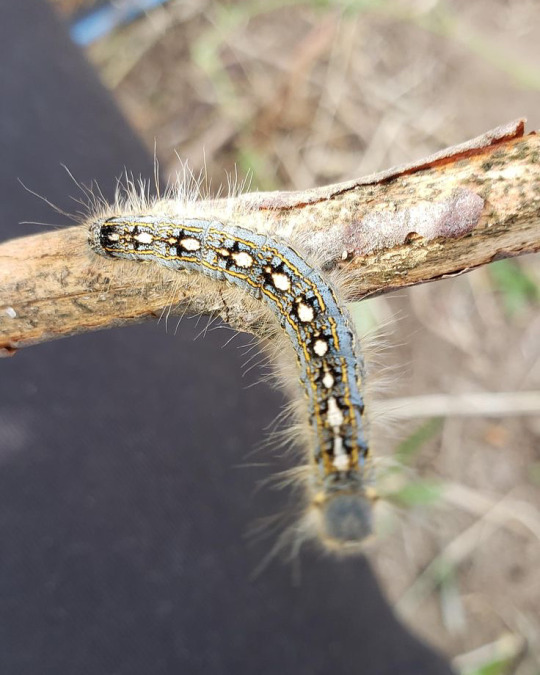
This is a forest tent caterpillar moth. They also have a very interesting pattern that resembles tiny penguins.
#nature is everything#nature is weird#interesting#interesting facts#nature#discover#animals#animalsareawesome#catapillar#catapillars#like woah#woah :0#but woah#woah woah woah#woahhhh#woah dude#woah#thats crazy#thats interesting#thats incredible#thats insane#thats the post#what then#what the hell#what the heck#penguins#penguin#camoflauge#camo#illusion
1 note
·
View note
Text

A forest tent caterpillar moth in New York's Catskill Mountains. (Carla Rhodes)
0 notes
Photo
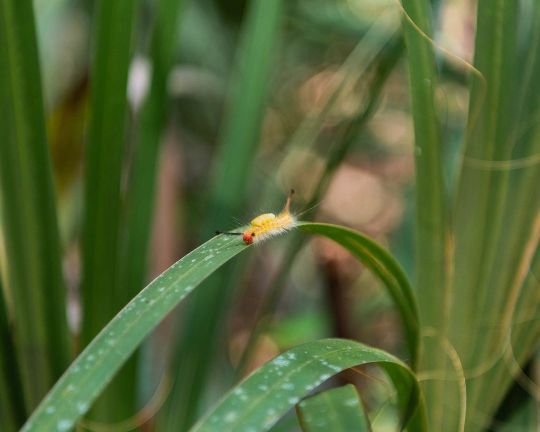
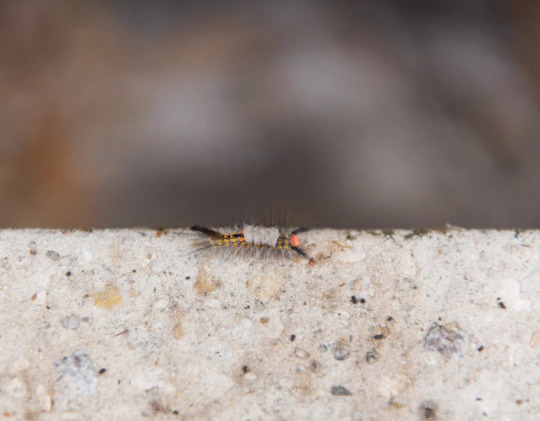
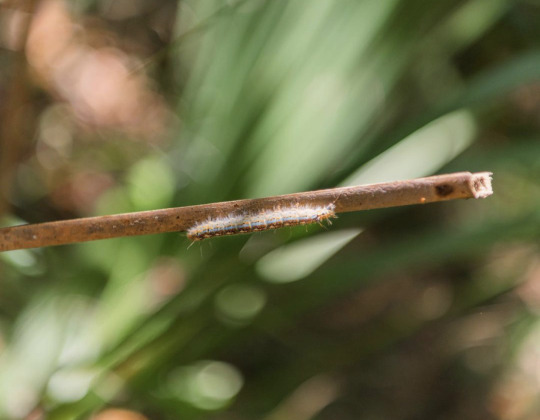




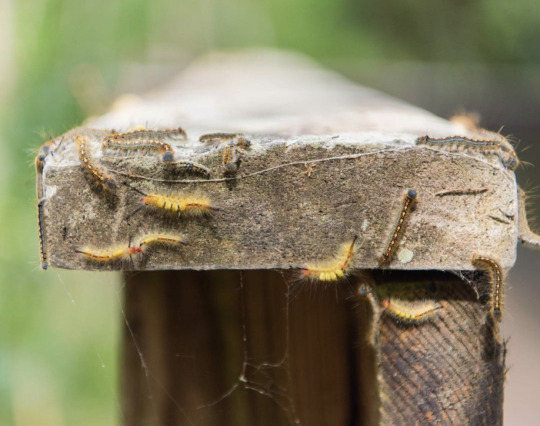

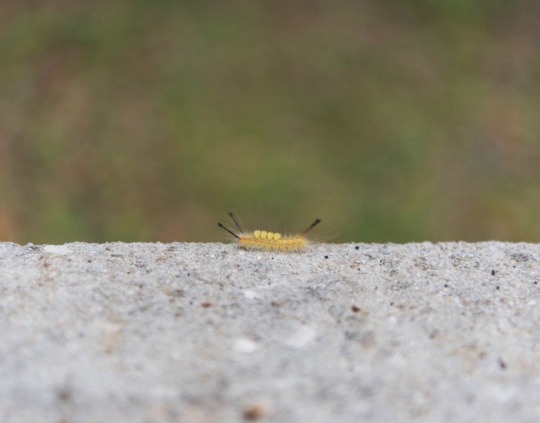
As a follow-up to my post about moths last week, here are some of the baby moths I ran into this spring at one of my favorite state parks! 🥰 🐛 1 Fir tussock moth caterpillar (Orgyia detrita - light form) 2 Fir tussock moth caterpillar (Orgyia detrita - gray form) 3 Forest tent moth caterpillar (Malacosoma disstria) 4 Fir Tussock Moth caterpillars 5 No clue. Any of my ento friends know? 6 Forest tent moth caterpillars 7 Forest tent caterpillar moths and Fir tussock moth caterpillars 8 Forest tent caterpillar moths and Fir tussock moth caterpillars 9 Forest tent caterpillar moths and Fir tussock moth caterpillars 10 Fir Tussock Moth ☀️ 🐛 🔎 #florida #bug #insect #moth #lepidoptera #macro #nature #naturelovers #nature_brilliance #fiftyshades_of_nature #moths #tussockmoth #caterpillars #forest #firtussockmoth #Orgyiadetrita #foresttentmoth #Malacosomadisstria #hilllsboroughriver #floridastateparks @fl.stateparks @visitflorida @visittampabay @hillsboroughfl @timperlinetampa @floridastateparksfoundation (at Hillsborough River State Park) https://www.instagram.com/p/Cg69RXeulJM/?igshid=NGJjMDIxMWI=
#florida#bug#insect#moth#lepidoptera#macro#nature#naturelovers#nature_brilliance#fiftyshades_of_nature#moths#tussockmoth#caterpillars#forest#firtussockmoth#orgyiadetrita#foresttentmoth#malacosomadisstria#hilllsboroughriver#floridastateparks
0 notes
Text
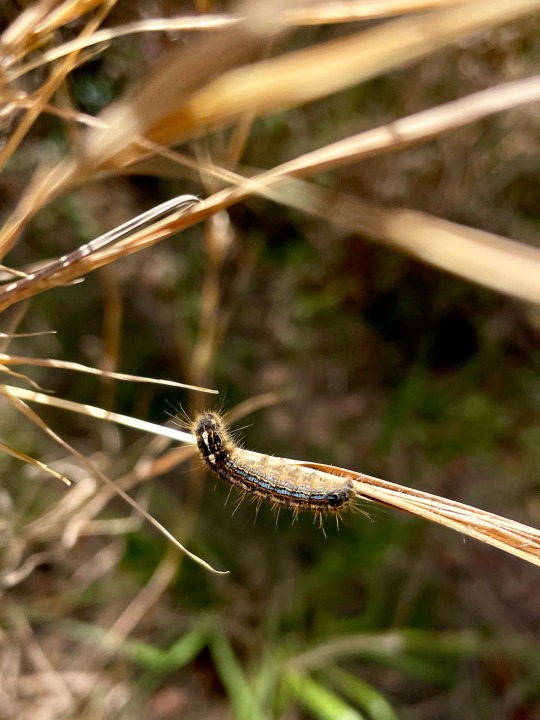
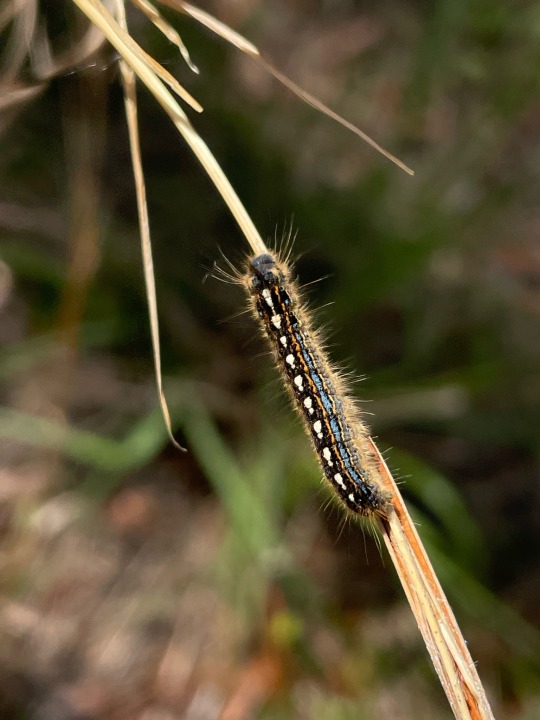
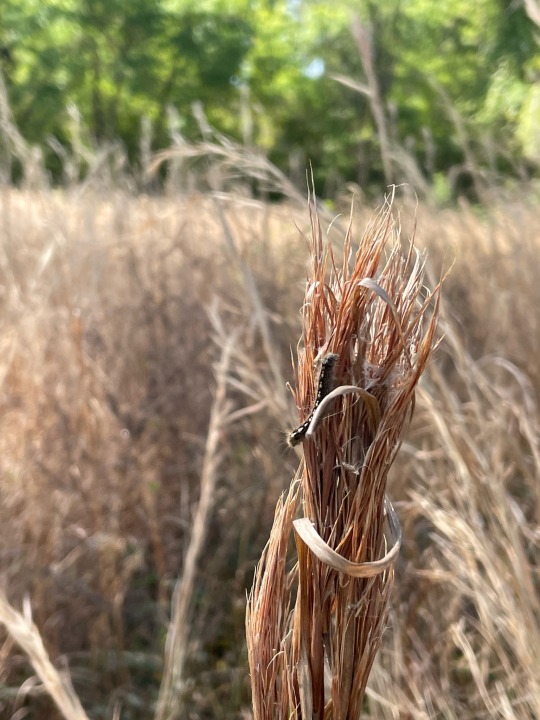

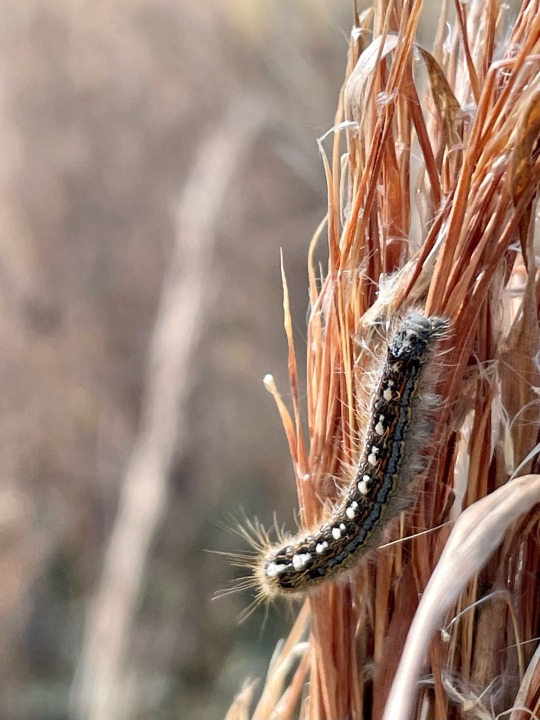
Caterpillarpalooza.
#forest tent caterpillar moth#forest tent caterpillar#caterpillar#bugblr#macro photography#my photos#nature#nature photography
5 notes
·
View notes
Note
Have you done forest tent caterpillar moth yet?
MOTD#187.
25 notes
·
View notes
Text

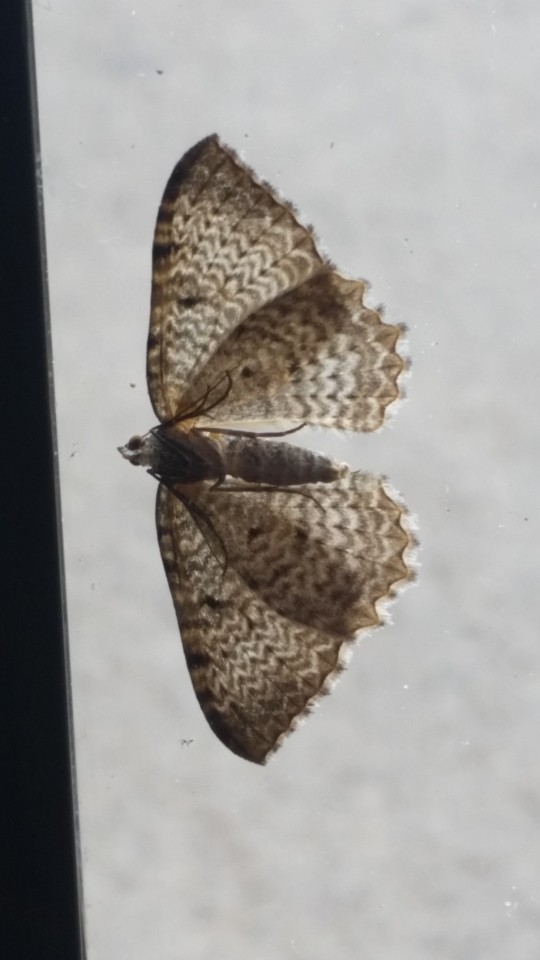


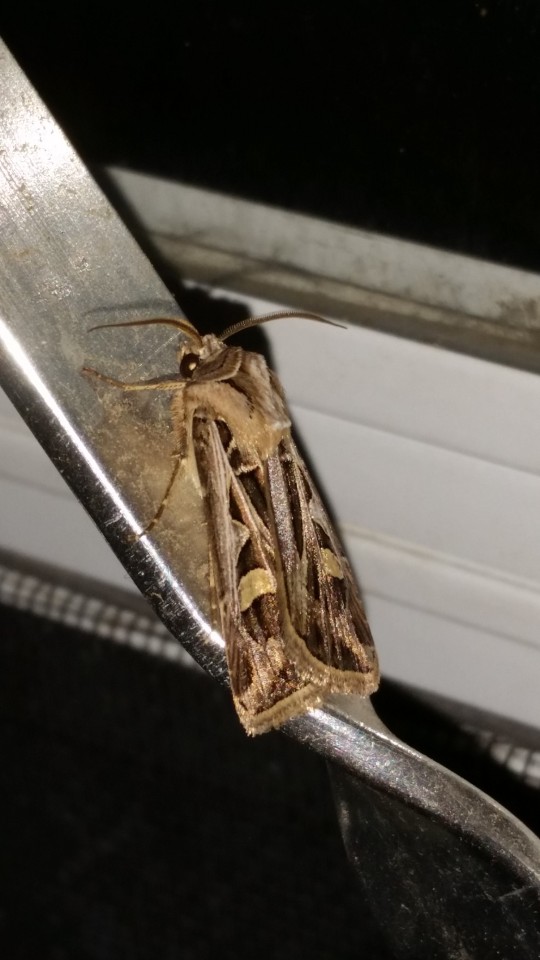




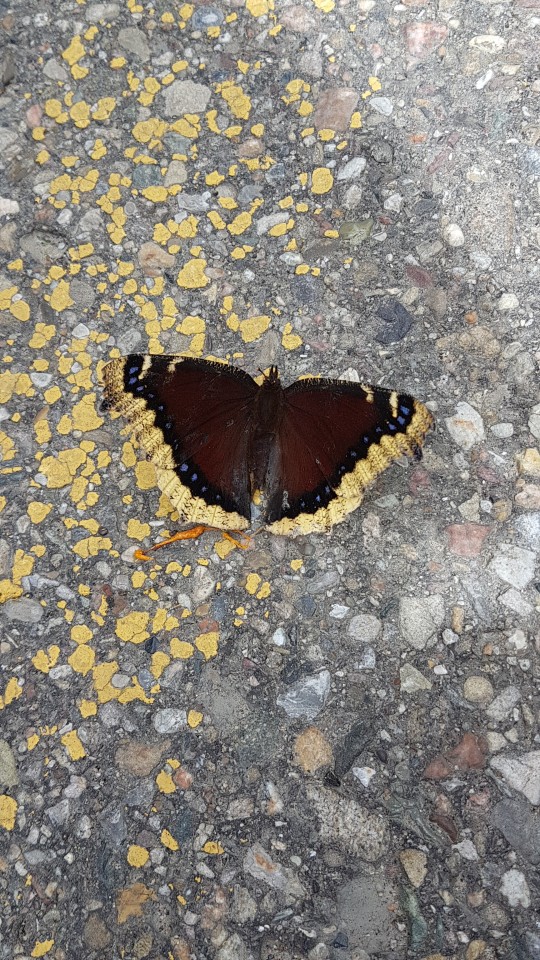
@gallifreyanconsultingphilosopher submitted: More old phone bugs. The mourning cloak is my personal favourite although the water beetle is one of my rarer finds.
Always fun to find a diving beetle out of water! I think my favorite is the very fuzzy forest tent caterpillar moth in the third photo :)
#animals#insects#bugs#submission#moth#noctuidae#forest tent caterpillar moth#beetle#diving beetle#predaceous diving beetle#butterfly#mourning cloak#long post
71 notes
·
View notes
Text
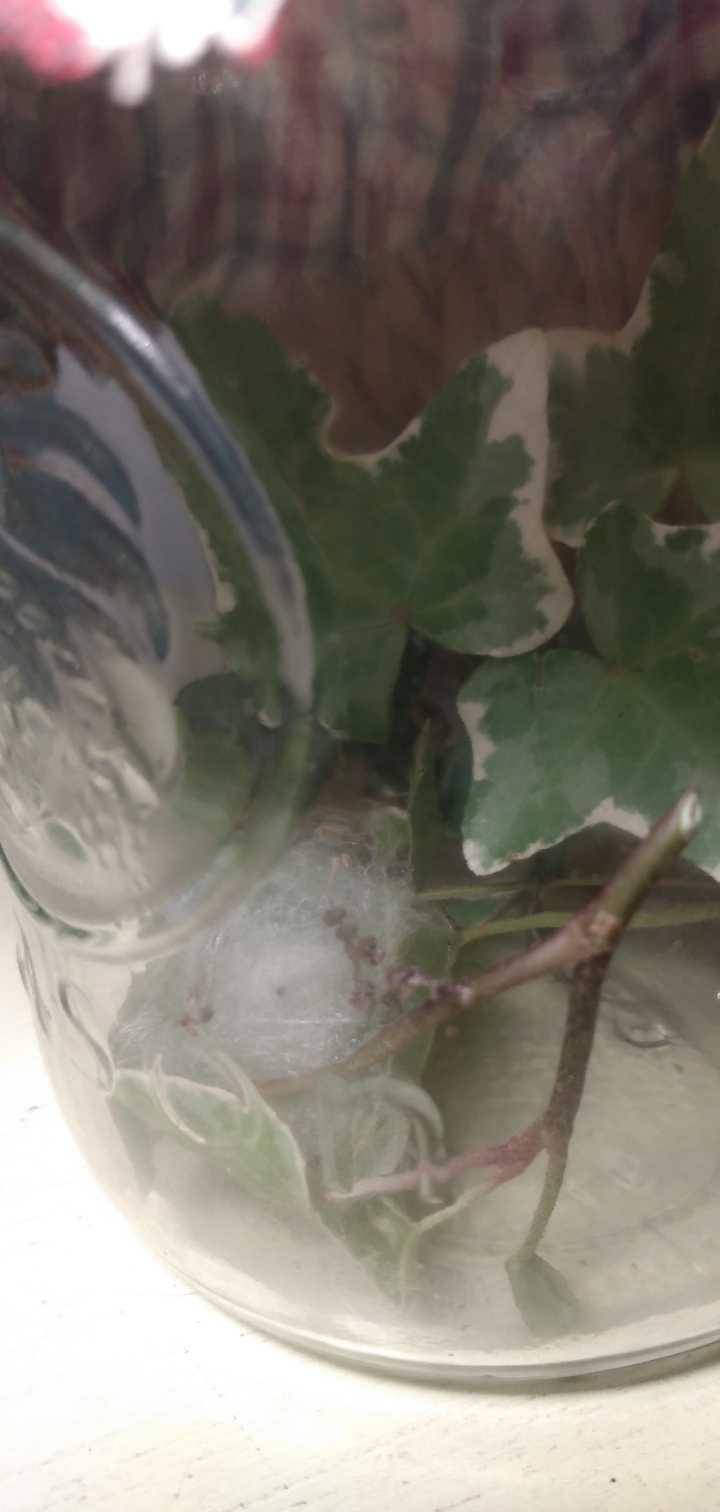
Someone was trimming the ivy so I had to save our new moth freind... any tips on keeping them safe and well taken care of?
[Forest tent caterpillar moth cocoon in a jar with a cloth lid]
#agithacore#bugblr#insectcore#insectblr#cottagecore#corvidcore#dirtcore#my post#forest tent caterpillar moth
34 notes
·
View notes
Text


A forest tent caterpillar made it's cocoon on a paper towel in the goat barn so i took it into the house where it'd be safer on March 30th and yesterday it emerged! It was so small, a little under two centimeters!
1 note
·
View note
Photo
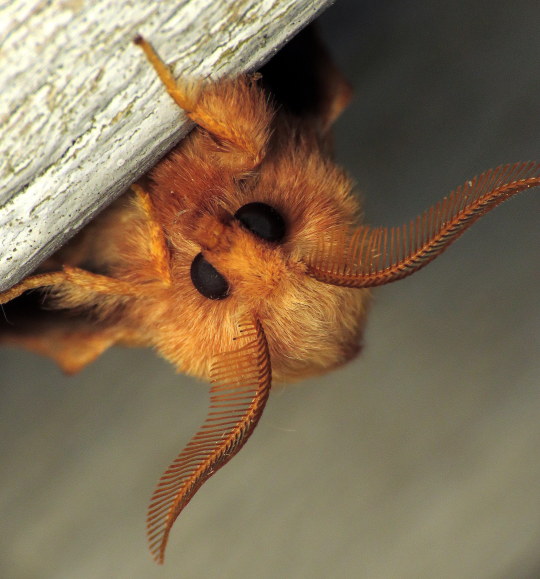
Bug of the Day
Oh, Hai there!
(forest tent caterpillar, Malacosoma disstria)
500 notes
·
View notes